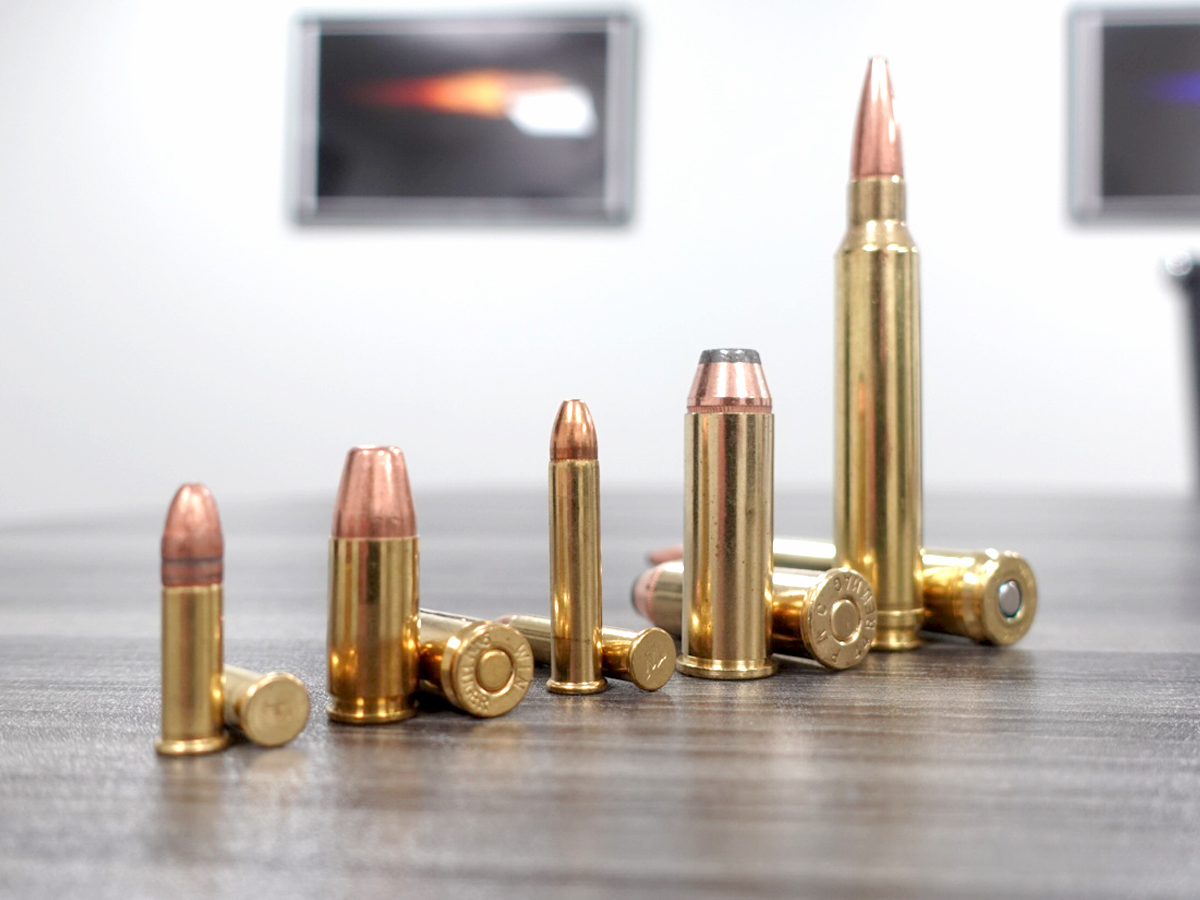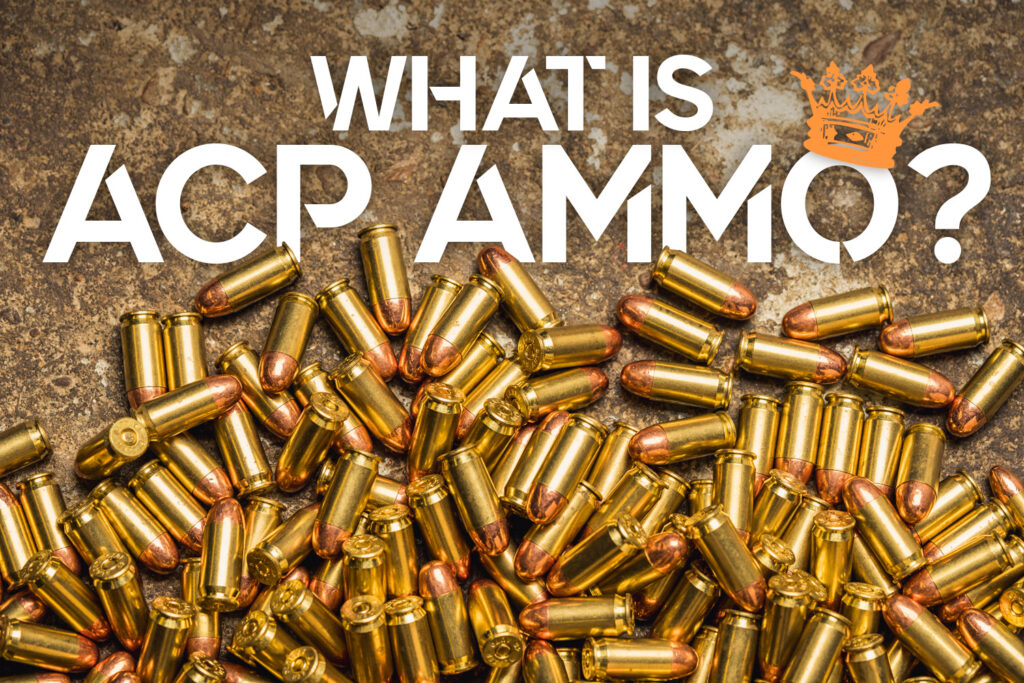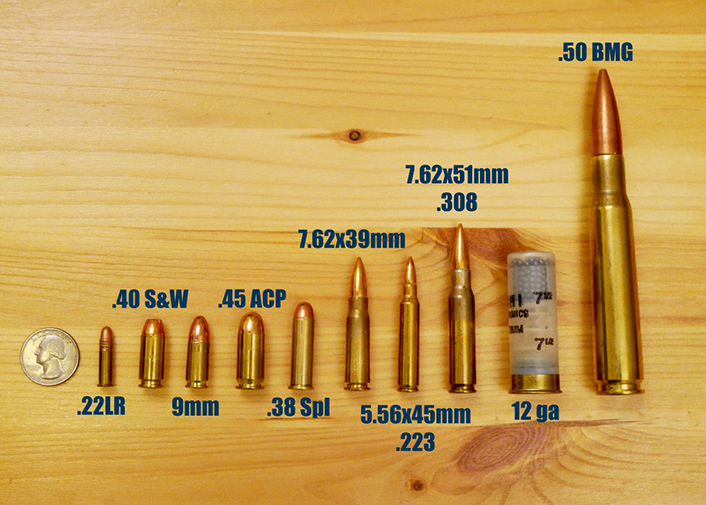The 15-Second Trick For Ammunition Pro Llc
The 15-Second Trick For Ammunition Pro Llc
Blog Article
Unknown Facts About Ammunition Pro Llc
Table of ContentsThe smart Trick of Ammunition Pro Llc That Nobody is Talking AboutThe Best Guide To Ammunition Pro LlcAmmunition Pro Llc for BeginnersThe Definitive Guide for Ammunition Pro LlcThe 3-Minute Rule for Ammunition Pro Llc
The fundamental components of ammo are the same for rifle, pistol, and shotgun ammunition. Today we're looking at the what the standard components of ammo are and exactly how they function together to terminate a round.The bullet is seated in the open end of the situation. When you fire a bullet out of a semi-auto gun, the gun's extractor lifts the case from the firing chamber and it flies out of the gun.
A weapon's shooting pin strikes a cartridge's guide. The guide is a steel mug that holds an eruptive chemical compound. When the shooting pin strikes the primer cap, it crushes the priming substance versus the anvil. This develops a small surge in case that sparks the propellant. The primer lies in the rim of the case of a rimfire cartridge.
Indicators on Ammunition Pro Llc You Should Know
Gunpowder next to the instance that normally contains it. It is generally a blend of saltpeter, charcoal, and sulfur.

We call the projectiles for shotshells, which we terminate through shotguns, slugs and shot. Now that you have a standard understanding of the fundamental parts of ammunition, you can feel a little a lot more certain in just how your weapon and ammunition feature!.
The Ultimate Guide To Ammunition Pro Llc
Maintain up with Special Deals, Advancement Notice of Sales, and Store Occasions
Fun fact: Grains are used to describe the mass of a bullet due to the fact that all the method back in the early days of weapons, it was a dispenser's unit of dimension, and a common denominator was required to identify just how much cause use to make cast lead bullets (Firearm Ammunition). 'Grains' as an unit of action for weight goes all the way back to old times, and stands for the weight of a grain of wheat

(https://speakerdeck.com/ammunitiondde)For recommendation, the weight of a paper clip is about 16 gr. So, we understand that grains are a procedure of mass, and extra = much heavier, and heavy is excellent, appropriate? Yes, heavy is good, however mass of the projectile isn't the only thing you need to take into consideration when choosing a round for your gun.
Getting My Ammunition Pro Llc To Work
This spin is created by grooves cut or hammered into the interior of the barrel, which are referred to as 'gunning'. Fun reality, this is the beginning of the term "Rifle" ex-spouse. A rifled musket vs. smoothbore musket. The effect this spin carries projectiles is a supporting one the bullet turning maintains the nose aimed straight, similarly that a perfectly spiraled football throw is mosting likely to be far more steady and exact in trip than an ugly duck, end over end toss.
How does this relate to grain weight? Envision you're on one of those play ground slide carousels, the ones with bars you hold on to while it spins.
Or in the instance of the circus experience, you start to feel heavier. The more mass you have (weight), the more you will certainly feel this effect. The very same impact occurs with bullets. The heavier the projectile, the even more impact a quicker rotate will certainly have on it. This is why you often tend to see slower twist rates for larger, slower projectiles, and much faster twist prices for lighter, higher velocity projectiles.
The 30-Second Trick For Ammunition Pro Llc
There's one more variable that we have to consider when choosing a grain weight for our ammunition. As meant above, bullet speed, or the rate of the projectile, is a significant aspect when figuring out the ideal grain weight projectile to utilize. Rate is affected by a few major aspects, including the type and quantity of propellant (gunpowder), barrel size, and bullet weight.

One of the most usual grain weight rounds for 9x19mm cartridges are 115gr and 124gr. These are commonly lead core, totally jacketed (FMJ) rounds. Both of these grain weight cartridges will certainly perform well in manufacturing facility 9mm handguns, to typical pistol ranges (approximately 50 yards). 115 grain rounds are one of the most usual (and as a result least expensive).
Report this page